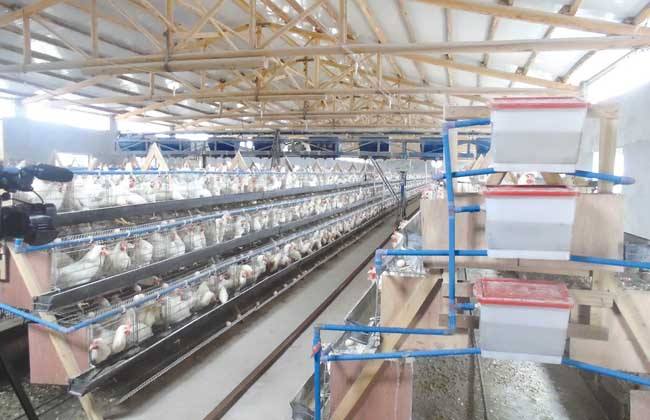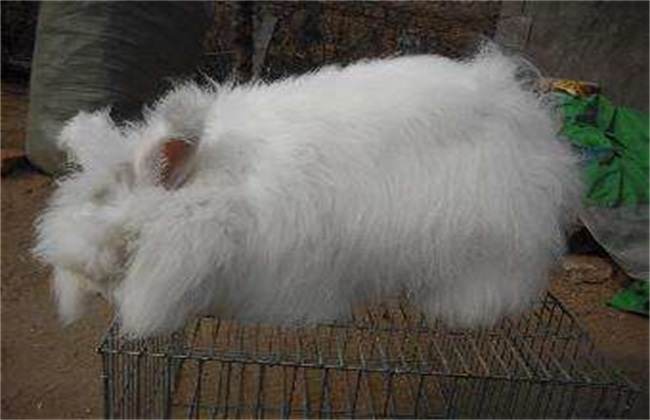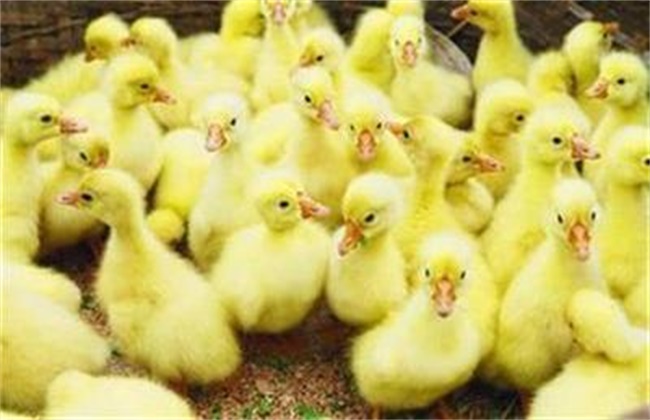Environmental requirements for raising chickens
Chicken is a kind of poultry that we eat most in our daily life, and the breeding area in our country is also very large. When raising chickens, we have to control the environment to ensure the normal growth of the flock. In particular, the larger the scale, the greater the environmental impact, many friends are because of the neglected environment, which leads to the failure of raising chickens. So what are the requirements of raising chickens for the environment? Let's take a look at it with the editor.

1. Temperature
The body size of the chicken is relatively small, but its metabolic capacity is relatively strong, so its body temperature is relatively high. Therefore, if the chicken house is too closed, it will lead to too high temperature in the house, hinder the heat dissipation of the chicken, affect the normal metabolism of the chicken and reduce the production capacity. The temperature of the chicken house should be controlled according to the type and age of the chicken. If it is a laying hen, then the suitable temperature is about 15-20 degrees, and the suitable temperature for meat chicks is about 25 degrees. Can appropriately fluctuate 3-4 degrees, when the weather is overheated, conditions can be added to the ceiling, do a good job of heat preservation and heat prevention.
2. Humidity
Humidity is very important for the growth of chickens, the temperature of the chicken house should not be too high, especially in the flat feeding, it is necessary to lay bedding grass in the chicken house. If the humidity in the henhouse is too high and for a long time, then the resistance of the flock will be seriously weakened. Reduce the rate of growth and development, reduce food intake and egg production will also decrease. When raising chickens, we should reasonably control the humidity according to the growth stage of the chickens. The humidity of the chicken house should not exceed 65%, while the humidity of the breeding chicken house should be kept at about 60%. When the humidity is too high, it should be ventilated in time, and the chicken coop should not be built in low-lying areas.
3. Lighting
Reasonable light time and intensity are very beneficial to the growth of chickens. Especially in winter, it can not only increase the temperature of the chicken house, but also reduce the pathogens in the chicken house. So first of all, we have to choose the location of the henhouse. Control the size of the window, also according to the actual situation of the chicken. If the chicken coop is closed, then the proper provision of artificial light, lack of light will reduce the egg production of chickens. But it should not be too much, otherwise it will not only increase the electricity bill, but also easily lead to chicken pecking.
4. Density
Density is also a very important environmental condition for the growth of chickens. It has a direct effect on the healthy growth of chickens, and it is also closely related to the growth rate, reproductive ability and so on. And the density should not be too low, if the density is too low, the investment cost of the equipment will increase, the cost will rise, and the breeding benefit will be reduced. If the density is too high, it will affect the laying and weight of chickens, and in serious cases, lead to the death of a large number of chickens. Therefore, when raising chickens, we must ensure that the area and density of the henhouse are the same in order to ensure the healthy growth of chickens.
The above is a brief introduction to the environmental requirements of chicken farming. The environmental requirements of raising chickens are relatively high, so the construction of chicken sheds should be careful to ensure their growth in order to improve the efficiency of breeding. That's all for today's introduction. This article is for reference only. I hope it can help you all.
Related
- On the eggshell is a badge full of pride. British Poultry Egg Market and Consumer observation
- British study: 72% of Britons are willing to buy native eggs raised by insects
- Guidelines for friendly egg production revised the increase of space in chicken sheds can not be forced to change feathers and lay eggs.
- Risk of delay in customs clearance Australia suspends lobster exports to China
- Pig semen-the Vector of virus Transmission (4)
- Pig semen-the Vector of virus Transmission (3)
- Five common causes of difficult control of classical swine fever in clinic and their countermeasures
- Foot-and-mouth disease is the most effective way to prevent it!
- PED is the number one killer of piglets and has to be guarded against in autumn and winter.
- What is "yellow fat pig"? Have you ever heard the pig collector talk about "yellow fat pig"?



